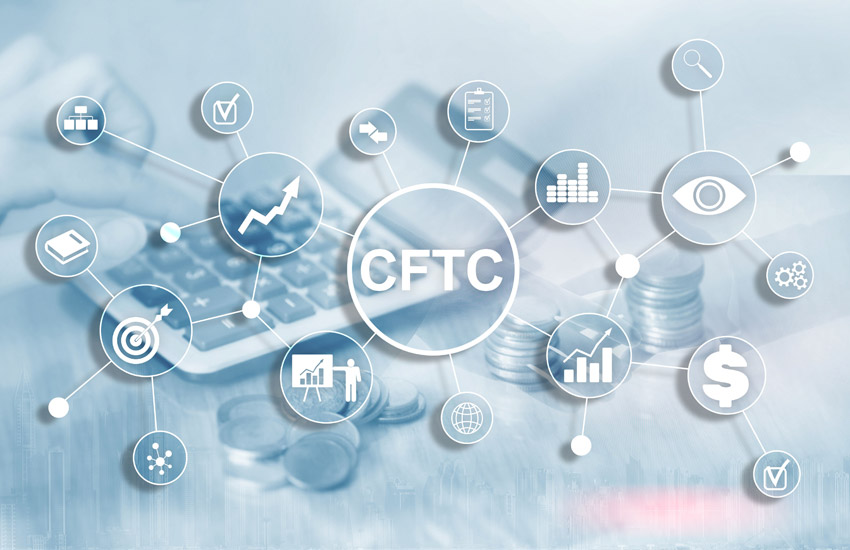The Commodity Futures Trading Commission (CFTC) is taking a step towards clearer regulation in the digital asset space. On Wednesday, the CFTC’s Global Markets Advisory Committee (GMAC) voted to advance a “digital assets taxonomy” for agency review. This framework aims to standardize the terminology used for various digital assets, including cryptocurrencies, stablecoins, and central bank digital currencies (CBDCs).
Proponents of the taxonomy believe it will bring much-needed clarity to the regulatory landscape. The lack of consistent definitions for different types of digital assets has been a major hurdle for regulators and businesses alike. With a common understanding of what constitutes different digital asset categories, the CFTC hopes to create a more efficient and predictable regulatory environment.
This, in turn, could foster innovation within the digital asset ecosystem. By removing some of the ambiguity surrounding regulations, the taxonomy could encourage businesses to develop new products and services without fear of regulatory uncertainty. Additionally, the framework could streamline communication between regulators, businesses, and the public, leading to a more collaborative approach to shaping the future of digital assets.
The development of the taxonomy is the latest example of the CFTC’s increasing focus on the digital asset space. The agency has been actively engaged in research and outreach efforts to better understand the evolving market and its potential implications for financial stability. The CFTC has also taken enforcement actions against companies accused of violating existing regulations, demonstrating its commitment to protecting investors in this new and complex asset class.
The GMAC’s recommendation is not binding on the CFTC, and the agency will now review the proposed taxonomy before deciding whether to adopt it. However, the committee’s support for the framework is a significant step forward for regulatory clarity in the digital asset space. If adopted, the taxonomy could serve as a foundation for future regulatory efforts and help to pave the way for responsible innovation within the digital asset ecosystem.
____________________________________
This article first appeared on The WIRE and is brought to you by Hyphen Digital Network
(The content powered by our AI models is produced through sophisticated algorithms, and while we strive for accuracy, it may occasionally contain a few minor issues. We appreciate your understanding that AI-generated content is an evolving technology, and we encourage users to provide feedback if any discrepancies are identified. As this feature is currently in beta testing, your insights play a crucial role in enhancing the overall quality and reliability of our service. We thank you for your collaboration and understanding as we work towards delivering an increasingly refined and accurate user experience.)







